What do ducks, swans and geese have in common? They are all types of waterfowl. The Donal C. O’Brien Jr. Sanctuary and Audubon Center in Corolla is a haven for many species of birds, and in the winter months we provide resting and wintering protection for thousands of waterfowl. Fall and winter are the best seasons to go duck watching, and northeastern North Carolina hosts several refuges where these birds can be easily seen.
Many ducks spend the latter part of the winter in the southern United States, Texas, California or Mexico. Ducks are divided into two types: dabblers – those that tip up and feed from the bottom and diving- those that dive underwater to feed.
Join us in welcoming the migrating waterfowl to the Audubon Sanctuary. Read on to get to know a few of our feathered friends that spend time in the Audubon Sanctuary.
September-October Arrivals
Carolina Blue. Duke Blue. North Carolina has many shades, but the prettiest blue wing color may belong to the Blue-winged Teal. Unlike other dabbling ducks that form pairs in the fall, this teal begins courting in the spring and often does not acquire the familiar breeding plumage until December or January. They can be found passing through the Audubon Sanctuary and Lake Mattamuskeet National Wildlife Refuge during September and October before heading to Central America. But you can catch them again on their way back up in March and April too!
November Arrival
Also known as the “Common Teal,” the Green-winged Teal will be at the Audubon Sanctuary from November to March, and can be spotted at the Mackey Island National Wildlife Refuge.
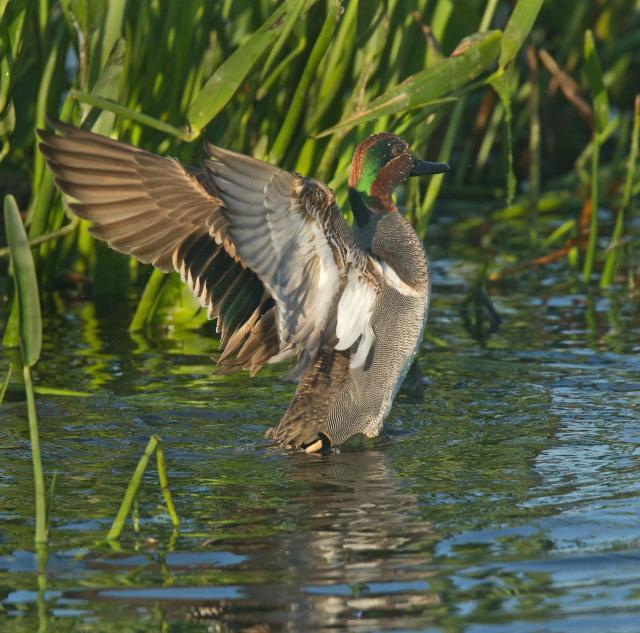
This duck has the largest range of all ducks, and is one of the dabbling ducks; it feeds by tipping forward, so that the tail sticks up as it reaches for plants on the bottom. Check out the Audubon Sanctuary or Pea Island National Wildlife Refuge to find this fowl.
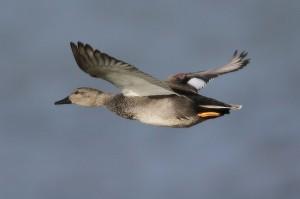
Unlike its brown and gray Gadwall neighbor in the Pea Island National Wildlife Refuge, the Wigeon is a colorful duck with green, yellow, brown and white patches. Wigeons will graze on farm fields like geese, and will abound at the Audubon Sanctuary this season.
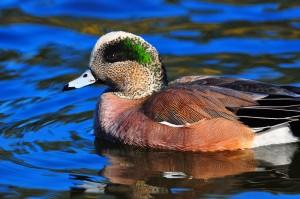
These beautiful ducks possess distinct long, slender necks and can be spotted at the Audubon Sanctuary and Lake Mattamuskeet Wildlife National Refuge beginning in November. They will arrive in flocks of thousands for their wintering grounds in the Southern United States.
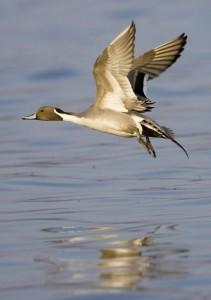
American Black Duck
Contrary to its name, the American Black Duck is actually a dark gray, and it’s among the United States’ largest ducks. They can be found at the Audubon Sanctuary and the Pea Island National Wildlife Refuge in November. American Ducks are one of the waterfowl Audubon is focused on protecting. Their large size has made them susceptible to overhunting, and they are a species threatened by the impacts of sea level rise.
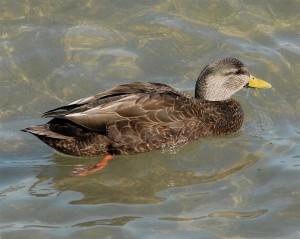
Mallard
The Mallard is one the world’s most widely distributed, well-known and adaptable ducks. The small curled tail feathers of the male distinguish it from other ducks in all seasons. Wintering spots in the region include the Audubon Sanctuary and the Lake Mattamuskeet National Wildlife Refuge.
December Arrival
Lesser Scaup
This diving duck has many names, including blackhead, bullhead, blackjack and river bluebill. Scaup will spend several months overwintering at the Audubon Sanctuary until it departs in March.
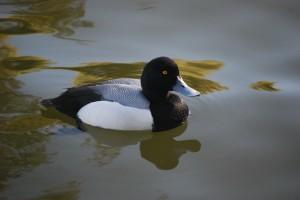
Redheads do most of their feeding at night, spending the daylight hours resting on water. The male’s call can resemble the meow of a cat. They will make their winter home on the Audubon Sanctuary and Pea Island National Wildlife Refuge.
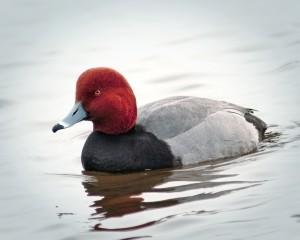
Year-round residents
Wood Duck
These striking, colorful ducks were once on the brink of extinction, but thanks to the tireless efforts of many, they are now thriving in North Carolina. The dramatic plumage and droopy crest of the Wood Duck can be found on the Audubon Sanctuary year-round and in the near-by Dismal Swamp.
If you are planning a trip to the Outer Banks this winter, always remember, Waterfowl distribution varies year-to-year and week-to-week, so it’s good to check in with sites to see who is around before you schedule a visit.






